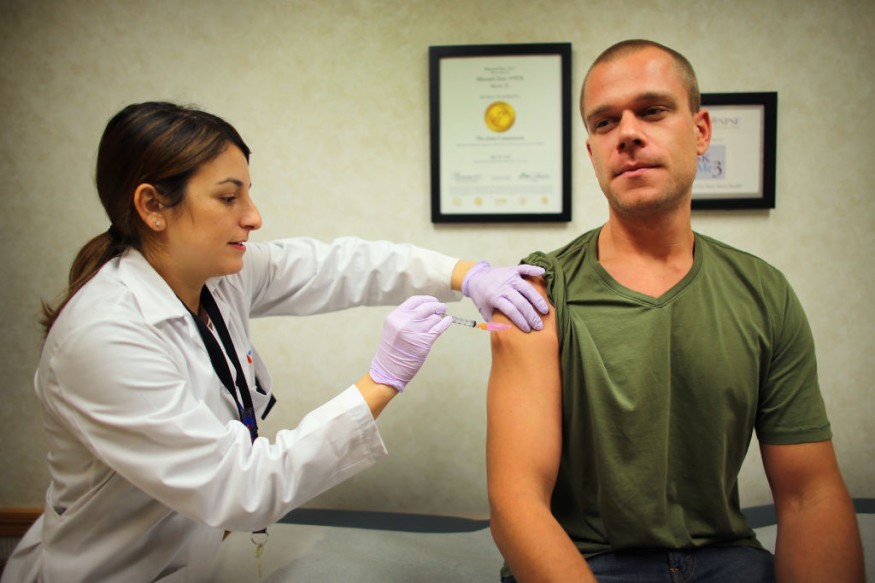Following the arrival of winter in the United States, there has been concern that a wave of illnesses and flus are on the way. As a result of these conditions, authorities and citizens have been considering ways to combat flus and the COVID virus.
How many medical facilities are ready, and is the government capable of treating tens of thousands, to hundreds of thousands of patients at once?
The researchers with experience in vaccination policy and mathematical modeling of infectious illness are Mark S. Roberts and Richard K. Zimmerman.
For more than a decade, the University of Pittsburgh's Public Health Dynamics Laboratory has been simulating influenza. Mark Roberts has served on the Advisory Committee on Immunization Practices of the Centers for Disease Control and Prevention, as well as the CDC's Flu Vaccine Effectiveness Network.
Covid-19: Tips to Prevent Corona Transmission; Similar Precautions as With Flu

Due to the coronavirus's global spread, many individuals will be required to take certain actions to assist minimize its transmission.
To minimize contact rates among individuals, states across the US have advised and enforced social separation and shelter in place to various degrees.
Despite these efforts, following the official standards might be difficult, especially if you live in a heavily populated region. Even with shelter in place, individuals must leave their houses for a variety of reasons, including the need to shop for food and other necessities at grocery shops.
Infected persons can help reduce the risk of infecting others by following stringent quarantine measures that segregate the virus from the rest of the population. There is currently no vaccination available to protect against infection. In addition, there is no antiviral medication that may be used to prevent or treat infection. Some people claim that taking zinc and/or vitamin C supplements can assist, however there is no evidence that this is effective in avoiding COVID-19.
Other measures used by the US government include the cancellation of classes to avoid peer interaction. Students can also study through various methods such as online classes and modular learning.
In addition, the number of children who died from the flu decreased from over 200 in the 2019-2020 season to one in the 2020-2021 season following precautionary strategies like with the Covid-19. Overall, the flu season of 2020-2021 saw one of the lowest numbers of cases in recent US history.
Flu Season: How Serious Could it be?
Considering last year's limited transmission of influenza among the broader US population, these findings imply that the US might face a significant flu outbreak this season. When combined with the current threat of the extremely infectious delta form, a deadly combination of infectious illnesses known as a 'twindemic' might emerge.
COVID-19 and other infectious disease models have been at the vanguard of COVID-19 pandemic forecasts, and have been proven to be accurate predictors of cases, hospitalizations, and mortality.
As Flu Season enters the United States, it will highlight the preventive measures given by the government in fighting covid and flu at once. The Medical Facilities will be expected to be full and the medicines' prices will be at higher rates.
Vaccination rates, adherence to social distancing advice, and mask-wearing vary widely across the United States. As a result, much as we have seen with COVID-19 infection patterns, the flu season is expected to vary significantly from state to state.
© 2025 NatureWorldNews.com All rights reserved. Do not reproduce without permission.





